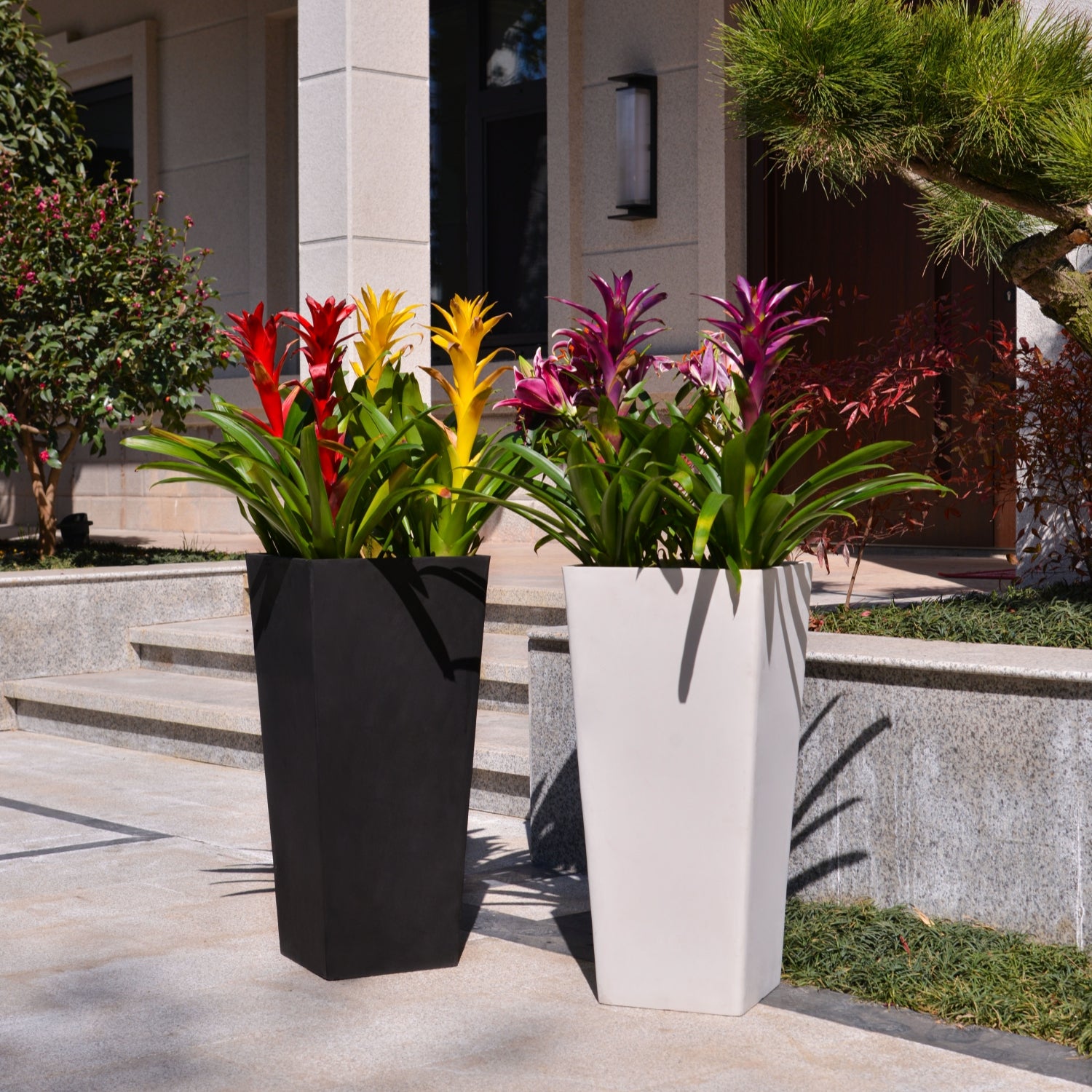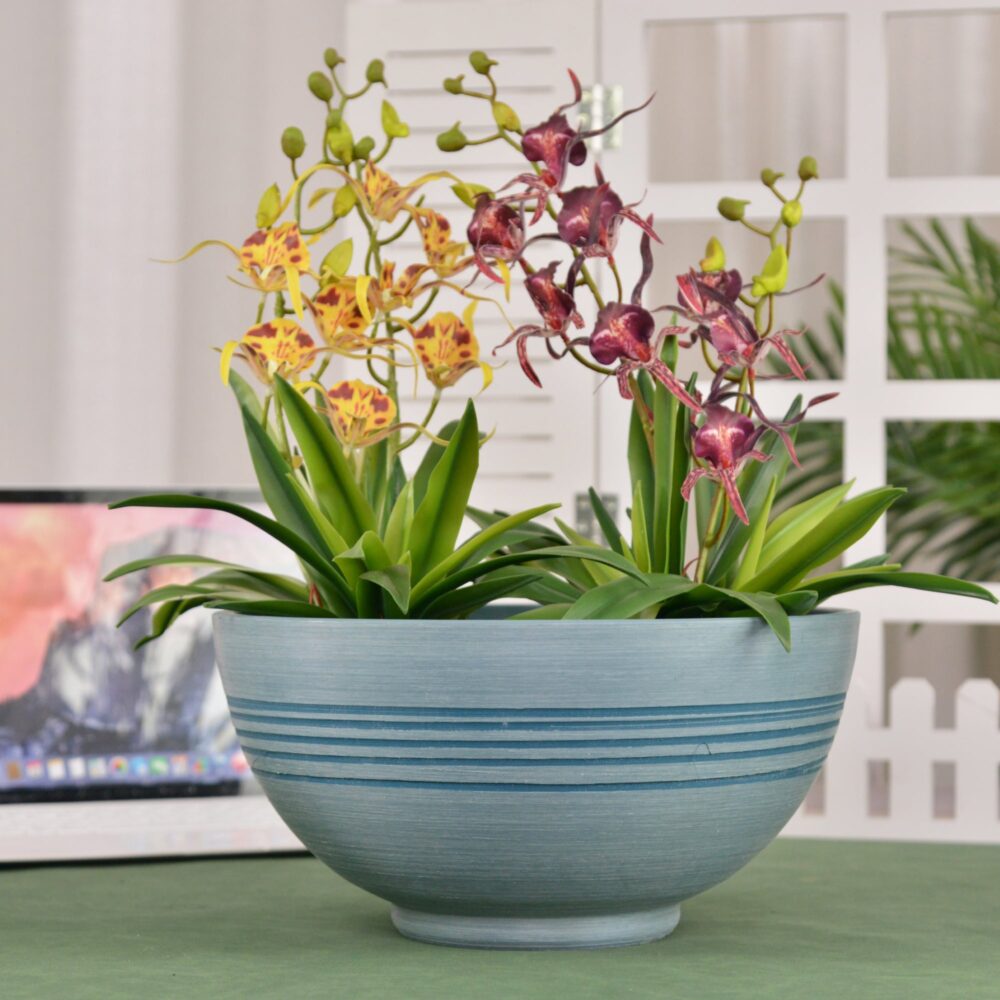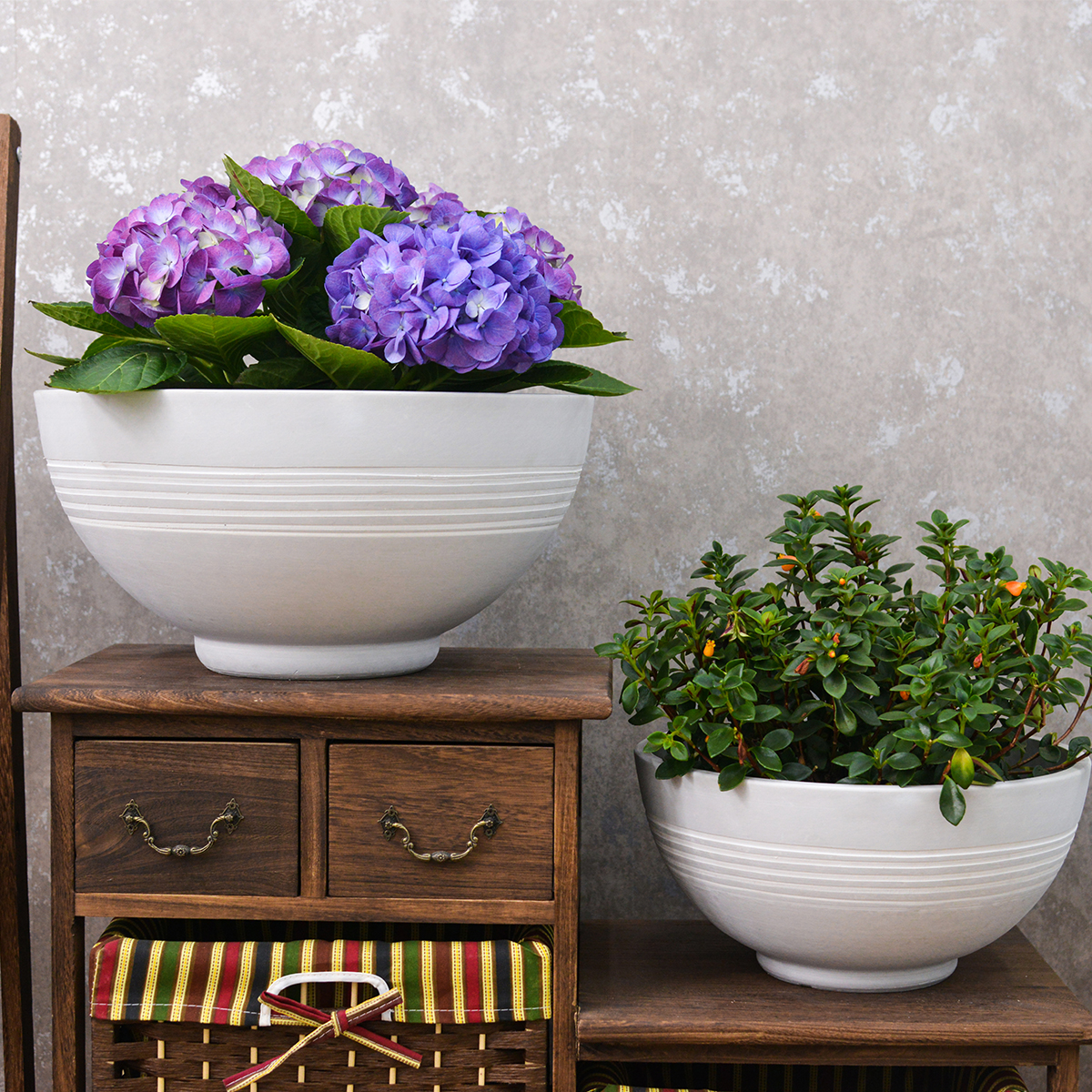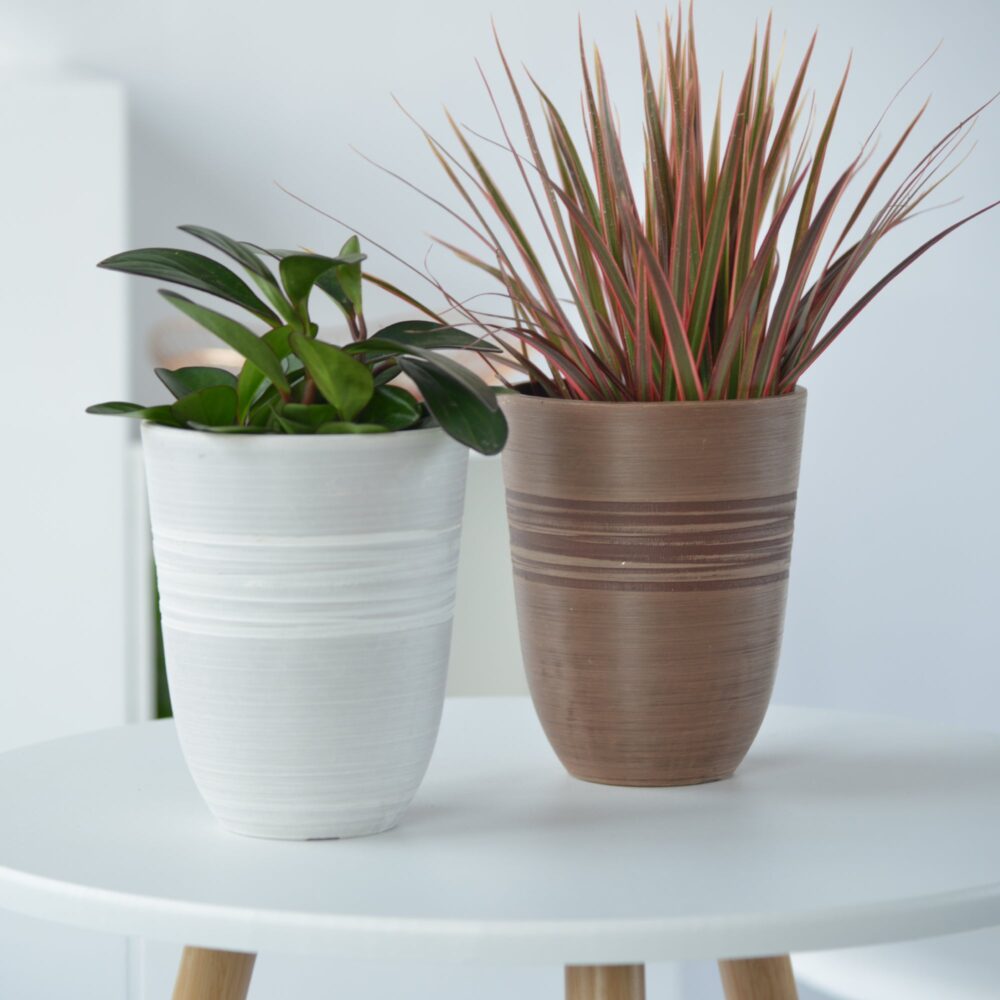Plum Blossom Indoors: The Complete Guide to Growing and Enjoying Winter Blooms at Home
Longing for the delicate beauty and enchanting fragrance of Plum Blossoms even when winter winds are blowing? While traditionally enjoyed outdoors, Plum Blossoms can be coaxed to bloom indoors, bringing a touch of springtime elegance and resilience to your home during the colder months. These exquisite flowers, belonging to the genus Prunus and often associated with resilience and perseverance, offer a unique and rewarding indoor gardening experience. This comprehensive guide explores the possibilities of growing plum blossoms indoors, covering variety selection, pot choices, essential care, and how to encourage those coveted winter blooms.
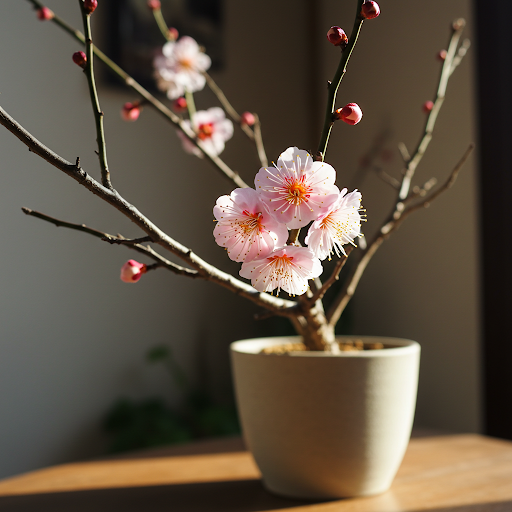
Plum Blossoms
Can Plum Blossoms Be Grown Indoors?
Yes, Plum Blossoms can be grown indoors, although it’s crucial to understand that indoor cultivation requires specific techniques to mimic their natural outdoor environment. While achieving the same scale and abundance of blooms as a mature outdoor plum tree might be challenging, you can successfully grow smaller, potted plum blossom varieties indoors and enjoy their delicate flowers and fragrance. Indoor growing is best suited for dwarf varieties and requires careful attention to their light, temperature, and dormancy needs.
Ideal Indoor Growing Conditions (Mimicking Winter & Spring):
- Suitable Varieties for Indoors: Dwarf Plum Blossom varieties are essential for indoor growing. Look for cultivars specifically bred for containers or smaller spaces. Some varieties known to be more adaptable to pots include dwarf cultivars of Prunus mume (Japanese Plum Blossom or Chinese Plum Blossom) and Prunus triloba(Flowering Almond, often called “plum blossom” in ornamental contexts). Research specific dwarf cultivars at nurseries to find suitable options.
- Light: Plum Blossoms need bright light, especially during their blooming period. While they can tolerate some indirect light, at least 4-6 hours of direct sunlight daily is ideal to encourage blooming. South-facing windows are best. Supplemental grow lights can be beneficial, especially during winter months or in less sunny locations, to ensure sufficient light for bud development and flower opening.
- Soil: Plum Blossoms need well-draining, fertile soil. Use a high-quality potting mix amended with compost and perlite to ensure good drainage and nutrient availability. A slightly acidic to neutral pH is preferred.
- Watering: Plum Blossoms need consistent moisture, especially during their blooming and active growth periods. Water thoroughly when the top inch of soil feels slightly dry to the touch. Ensure good drainage to prevent waterlogging and root rot. Reduce watering slightly during their dormant period in late fall and early winter, but don’t let the soil completely dry out. Indoor pots may dry out faster due to heating, so monitor soil moisture regularly.
- Temperature & Dormancy: This is crucial for indoor plum blossoms. Plum blossoms require a period of cold dormancy to initiate flower bud development and ensure proper blooming. Mimicking winter conditions is key.They need a period of cool to cold temperatures (ideally between 35°F to 50°F or 2°C to 10°C) for several weeks (8-12 weeks) in late fall and early winter to simulate winter dormancy. This cold period is essential for successful indoor blooming. You will need to move potted plum blossoms to a cold location like an unheated garage, basement, or very cool room for this dormancy period. After the cold period, gradually bring them back to warmer indoor temperatures (around 60°F to 70°F or 15°C to 21°C) to simulate spring and encourage bud break and flowering. During their blooming and active growth period (late winter to spring), aim for daytime temperatures around 60-70°F and slightly cooler nighttime temperatures. Avoid high indoor heating during their dormancy and early bloom period.
- Humidity: Plum Blossoms prefer moderate humidity. Average indoor humidity is generally acceptable. Good air circulation is important to prevent fungal diseases, especially in indoor environments.
Planting Plum Blossoms Indoors:
- Starting from Bare Roots or Potted Plants: Dwarf plum blossom varieties are usually purchased as potted plants from nurseries or specialized online retailers. Starting from bare roots indoors is less common and more challenging.
- Planting Time: The best time to acquire and potentially repot a potted dwarf plum blossom for indoor growing is in the late fall or early winter, coinciding with their natural dormancy period. This allows you to provide the necessary cold treatment before they begin their blooming cycle.
Choosing the Right Pots for Indoor Plum Blossoms:
- Suitable Pot Types: Choose sturdy, well-draining pots that can accommodate the root system of a dwarf plum blossom and provide stability. Terracotta or ceramic pots are good choices as they offer good drainage and weight. Avoid lightweight plastic pots that may be less stable.
- Drainage: Excellent drainage is absolutely critical for plum blossoms to prevent root rot, especially in pots. Ensure your chosen pot has large drainage holes at the bottom. You can also add a layer of gravel or pot shards at the base of the pot to further enhance drainage.
- Pot Size: Select a pot that is appropriately sized for the dwarf variety you choose. For young dwarf plum blossoms, a 10-14 inch diameter pot might be a good starting point. Mature dwarf varieties may need pots 16-20 inches or larger in diameter. Choose a pot that is deep enough to accommodate the root system.
- Potting Mix: Use a well-draining, fertile potting mix as mentioned earlier. A mix specifically formulated for flowering trees or shrubs can also be suitable.
Essential Care Tips for Indoor Plum Blossoms & Winter Blooms:
- Cold Dormancy is Key: Provide the essential cold dormancy period. This is the most crucial step for getting indoor plum blossoms to bloom. From late fall to early winter, move your potted plum blossom to a cold, dark location (35-50°F) for 8-12 weeks. Reduce watering significantly during this time, just enough to prevent complete soil dryness.
- Light Management After Dormancy: After the cold dormancy period, gradually bring the potted plum blossom back to a bright, sunny location indoors. South-facing windows are best. Supplement with grow lights if needed to provide at least 4-6 hours of direct light daily.
- Watering During Bloom & Growth: Increase watering as the plant breaks dormancy and begins to bud and bloom. Maintain consistent soil moisture during the blooming and active growth period. Water thoroughly when the top inch of soil feels slightly dry. Ensure good drainage.
- Fertilizing: Fertilize potted plum blossoms sparingly. Over-fertilizing can lead to excessive foliage growth at the expense of flowers. Apply a balanced, slow-release fertilizer in early spring as new growth emerges after the dormancy period. You can also use a liquid fertilizer diluted to half strength a couple of times during the blooming and early growing season. Avoid fertilizing during dormancy.
- Pruning: Prune indoor plum blossoms lightly to maintain shape and remove any dead, damaged, or crossing branches. Pruning is best done after blooming is finished, in late spring or early summer. Avoid heavy pruning, especially right before or during the bloom period.
- Pollination (If Fruit is Desired): If you want to encourage fruit set (though this is less common and less of a focus for ornamental plum blossoms indoors), you may need to hand-pollinate the flowers with a small brush to transfer pollen between blossoms. However, indoor plum blossom growing is primarily for enjoying the flowers, not fruit production.
- Pest and Disease Control: Monitor indoor plum blossoms for pests like aphids, spider mites, and scale insects. Good air circulation can help prevent fungal diseases. Treat any pest infestations or diseases promptly with insecticidal soap, neem oil, or appropriate fungicides if needed, following product instructions carefully and prioritizing organic options.
- Repotting: Repot dwarf plum blossoms only when necessary, typically every 2-3 years, or when they become root-bound. Repot in late winter or early spring, just before or as they are breaking dormancy and starting new growth, after the cold dormancy period.
Popular Dwarf Plum Blossom Varieties for Indoor Pots:
- Dwarf Prunus mume cultivars: Look for specific dwarf varieties of Japanese Plum Blossom or Chinese Plum Blossom at nurseries specializing in bonsai or dwarf fruit trees. Specific cultivar names will be crucial as Prunus mume species itself is a larger tree. Inquire about dwarf container-suitable varieties.
- Prunus triloba ‘Multiplex’ (Flowering Almond): While technically a flowering almond, it is often referred to as a type of “plum blossom” in ornamental contexts and dwarf forms exist. Look for dwarf Prunus triloba varieties suitable for pots.
- Dwarf Rootstock Grafted Varieties: Some nurseries may offer plum blossom varieties grafted onto dwarfing rootstock, which can make them more suitable for container growing.
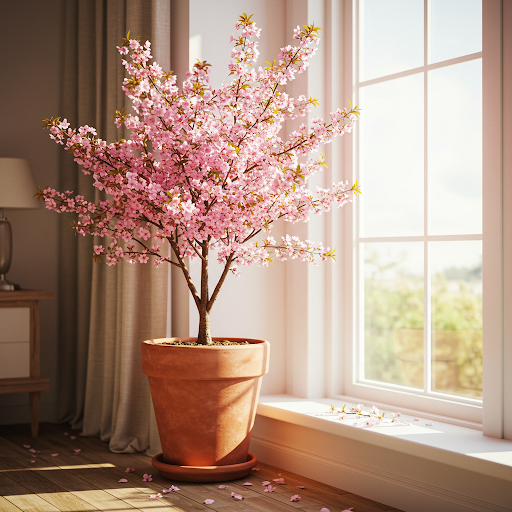
Plum Blossoms
In Summary:
Growing Plum Blossoms indoors is a specialized and rewarding endeavor for those who appreciate their winter beauty and are willing to provide the necessary care. While it requires mimicking outdoor conditions, particularly the crucial cold dormancy period, cultivating dwarf plum blossom varieties in pots indoors can bring the delicate charm and fragrant blooms of these resilient winter flowering trees into your home. By selecting dwarf varieties, providing bright light (and grow lights), well-draining soil, appropriate watering, essential cold dormancy, and careful attention to their needs, you can enjoy the unique beauty of indoor plum blossoms and welcome the early signs of spring even in the depths of winter.
For more detailed botanical information and to explore the diversity of plum and Prunus species, you can visit the Wikipedia page on Prunus.
Important Note: Plum blossoms are generally considered non-toxic, but it’s always best to prevent ingestion of any plant parts by children or pets. The fruit-producing plum varieties (if they were to fruit indoors, which is unlikely) would have pits that contain cyanide compounds and should not be ingested. However, for ornamental plum blossoms grown indoors, toxicity is generally not a major concern. The main challenge is providing the specific environmental conditions needed for successful indoor cultivation and blooming.
20VD
By greenship|2024-08-13T06:43:41+00:00August 13, 2024|Categories: Hand-carving Series|
GreenShip 27inch Tall Planters for Porch, Large Outdoor Planter Pots with Drainage Hole
By greenship-seo|2025-04-10T06:27:21+00:00April 7, 2025|Categories: Hand-carving Series|Tags: Decorative Flower Pots|
13 inch Planter for Indoor Plants, Set of 2 Modern Decorative Plant Pots with Drainage Hole, Cute Bowl Shape Flower Pots
By greenship-seo|2025-04-10T07:41:46+00:00January 10, 2025|Categories: Hand-carving Series|Tags: Decorative Flower Pots, Self-Watering Pots|
KC3-09k
By greenship|2024-08-16T06:24:36+00:00August 16, 2024|Categories: Hand-carving Series|
Modern Plant Pots丨Planter for Indoor Plants,8 inch or 10 inch Plant Pots with Drainage Hole,Decorative Flower Pots
By greenship-seo|2025-04-10T08:32:55+00:00January 7, 2025|Categories: Hand-carving Series|Tags: Decorative Flower Pots, Self-Watering Pots|
Plant Pots 6 inch 8 inch 10 inch for Indoor Plants, Set of 3 Modern Decorative Planter ts with Drainage Hole, Decorative Flower Pots
By greenship-seo|2025-04-10T06:39:28+00:00January 14, 2025|Categories: Hand-carving Series|Tags: Decorative Flower Pots|


